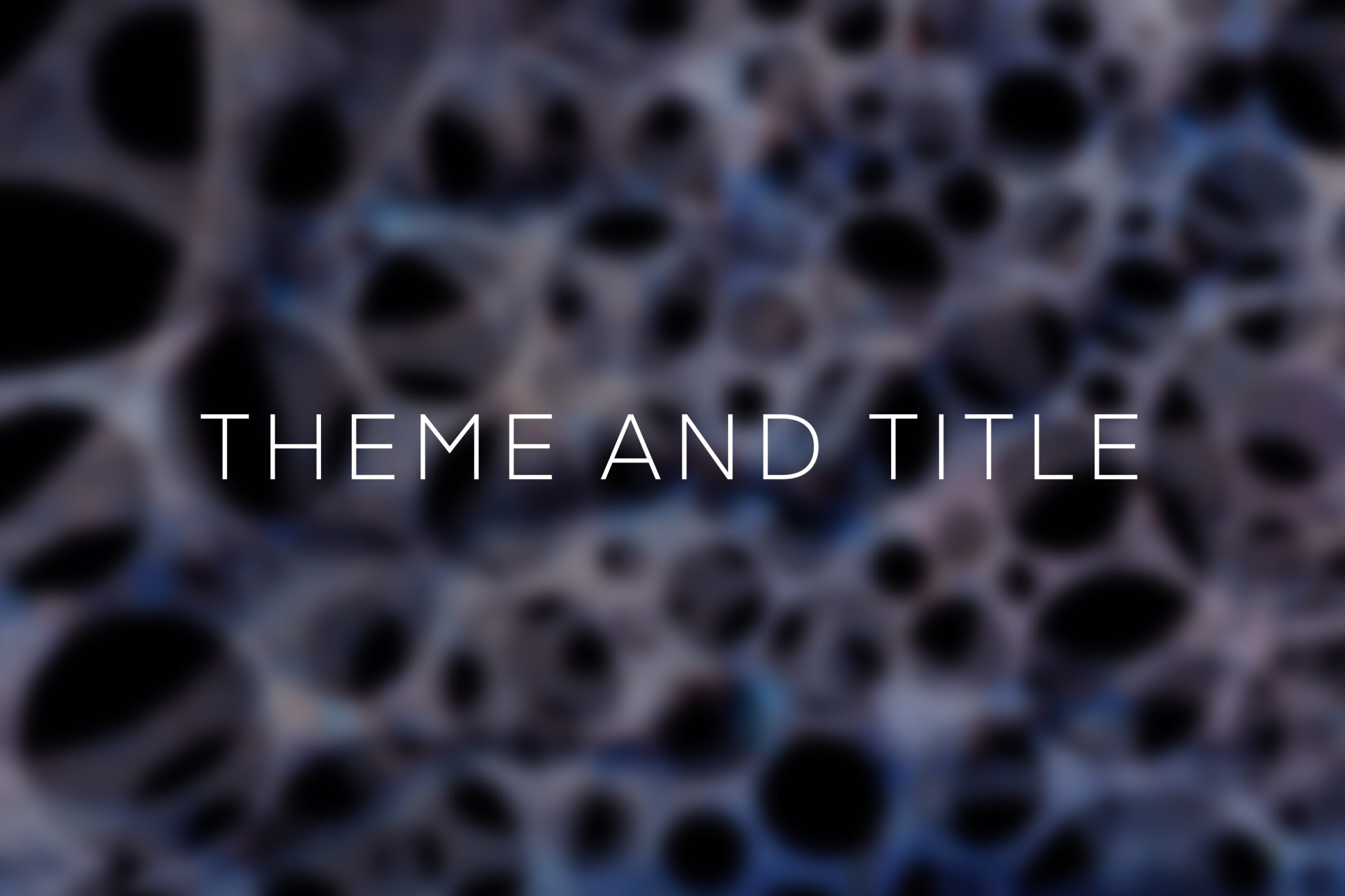Week 14: Theme and Title: Final

Theme Title:
Over my previous posts, including Week 9 curatorial analysis of Trading Zone and week 6 curatorial analysis of Corpse Flower, I have established that the title is important for directing the viewer to the exhibition goal/purpose. Further, in my week 10 Practical Curation of the Mycorrhizal Exhibition in Summerhall I was able to notice this first hand. I believe that the exhibition goal (making people aware of their role within a network of humans and non-humans) worked in tandem with the curatorial methodology of reciprocity. Both the ecological and social elements were highlighted as a focus through naming the exhibition after mutualistic root fungi, Mycorrhizal.
In completing the exhibition design I had a chance to re-examine the way that the components of my exhibition work together. Though I believe that the title Weird Frictions is relevant to the exhibition, the focus that it directs the audience to does not fully compliment the exhibition goal.
Friction:
The Imagination Switch, Tammi, et. al. (2024) states that the inability to ‘respond to the environmental crisis is a lack of imagination’. They respond to this by embracing narrative friction. Contrasting world views were recognised to create ‘heat’ (p.1417). Further, the dissonance created by embracing multitudes of perspectives and narratives allowed new thinking to emerge. Confusion acted as an intermediate point between entrenched ideologies and creative solutions (Weder, et.al., 2020) (Gough, 2016). Though the speculative exhibition has a narrative that guides the viewer though the space, the open gallery and arrangement of pieces was designed specifically to allow all pieces to be viewable at one time. As the visitor moves around the space, pieces are posed together within their eyeline, while sound and tactile experiences overlap the experience of art.
Art Friction is not the focus of the exhibition, instead it is the process by which pieces have been selected with the intent of guiding the viewer to a process of becoming aware of their position within ecological time. Friction is not the theme, but the methodology.
Wyrd:
The other component of the title was Weird. Previously in my week 12 Exhibition Design post I embraced Weird for its etymological root word, Wyrd relating to fate or destiny. This will be the new title for the exhibition, highlighting the role of time within the curation, forming connections between the different temporalities, and highlighting the importance of present actions in shaping the destiny of the world.
Further, Jonathan Turnbull (2021), geographer at the University of Cambridge, focuses on a different etymological root word within his chapter titled Weird. The old Norse word Urth, means twisted in a loop. A network of interconnectivity where ‘all parts are interrelated and embedded as an emergent whole’ (p.266), defining weird ecology as ‘loops stitch[ing] together apparently distinct specialities and temporalities. The Anthropocene is an epoch of accelerated ‘weirding’, where worldwide globalisation has resulted in enhanced and unfolding connections between humans and non-humans. Thus, with the networks of relations that emerge when different spatial-temporalities of past, present, and future are posed together, the curation of my speculative project becomes ‘exemplary of the Anthropocene’s weird ecological loopy-ness’ (p.277).
Application to speculative individual project:
The title Wyrdings shall be used to reflect both the distorted temporal arrangement of the exhibition design, but also draw attention to the interconnectedness of the Anthropocene, between the exhibited artwork, and the viewer as part of a network of human and non-human relations
Friction and reciprocity have been identified as methodologies of curation. Rather than a theme, they are components of the exhibition that are intended to bring forth reactions in the audience that lead them to the exhibition goal of regarding themselves as an interconnected individual. Instead, Wyrding will be used to reflect the spatial and temporal curatorial themes, situating the exhibition within ecological weirding discourse, forming a cognitive dissonance that can act as a catalyst for imagination.
The full title featured on the poster of my micro exhibition was Mycorrhizal: Reciprocity in the Anthropocene. I think that a similar tagline could be used with Wyrdings, to make the curatorial themes clearer.
Full title:
Wyrdings: Ecologies of Entanglement
Bibliography:
- Gough, N. (2016). ‘Postparadigmatic materialisms: A “new movement of thought” for outdoor environmental education research?’ Journal of Outdoor and Environmental Education, 19 (2): 51–65
- Morton, T. (2018). Dark Ecology: for a logic of future coexistence. Columbia University Press.
- Tammi, T., et al. (2024). Imagination Switch – friction and thick time in speculative worldmaking. Educational Philosophy and Theory 56(14), 1414 – 1427.
- Turnbull, J. (2021). Weird. Environmental Humanities, 13(1), pp.275–280.
- Weder F, Tungarat A and Lemke S (2020) Sustainability as Cognitive “Friction”: A Narrative Approach to Understand the Moral Dissonance of Sustainability and Harmonization Strategies. Commun.5:8.



